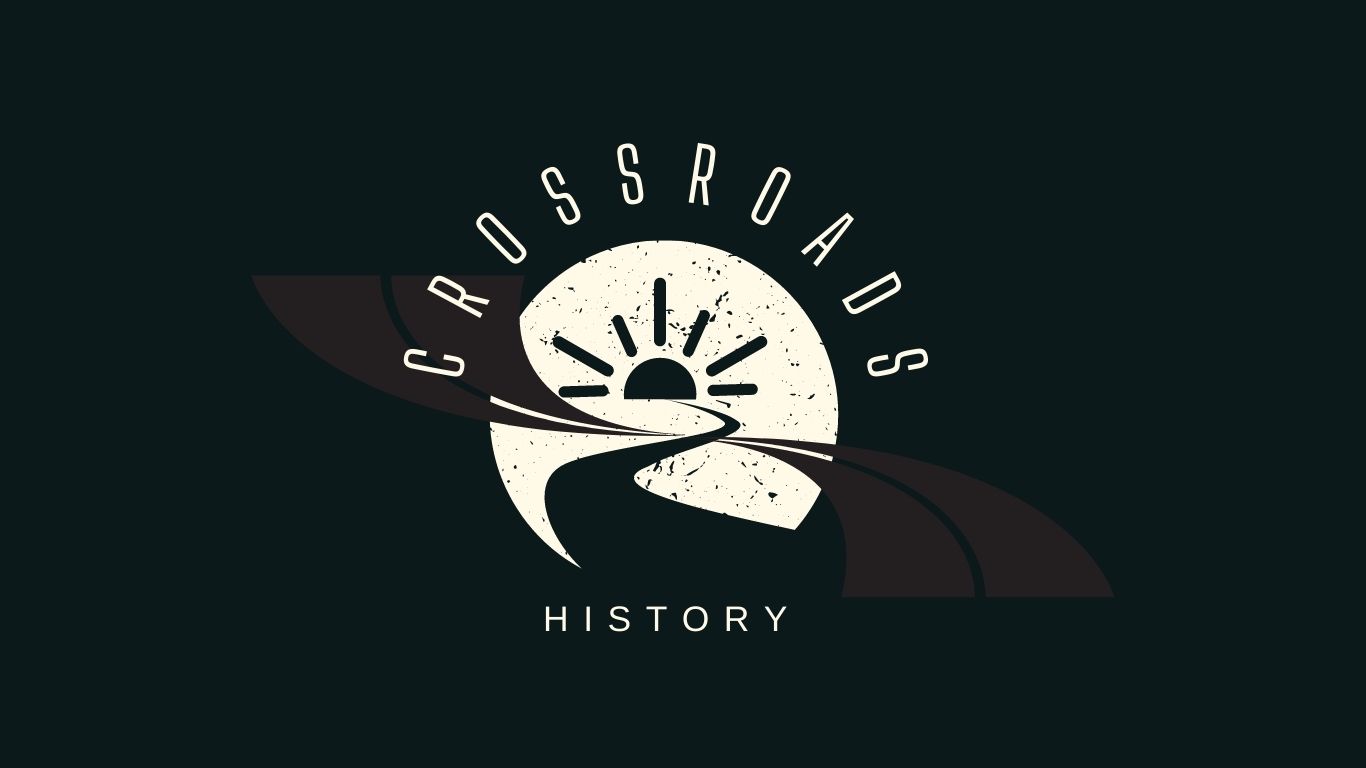You Never Know: AI and the Gutenberg Press
By Cale Gressman
Just in the past couple of months, the tech world has seemed to have gone topsy-turvy over the creation of ChatGPT. As per ChatGPT,
ChatGPT is an artificial intelligence language model created by OpenAI, which is designed to understand natural language and generate human-like responses to a wide range of prompts and questions. It is based on the GPT-3.5 architecture and uses machine learning algorithms to analyze and learn from vast amounts of data, enabling it to provide insightful and informative answers to a wide variety of queries. ChatGPT is a powerful tool that can be customized for a wide range of applications, including customer service, conversational interfaces, and more, making it a valuable resource for businesses and individuals alike.
So what does this mean in practice? Well, an individual can ask it to do just about anything in regard to writing or information. You can ask it to write papers, come up with names for articles or videos, and even ask it to explain things. I often ask it to find sources for any research I am doing.
Now the AI is not out to take my job (hobby I don’t know) yet. The writing is relatively simplistic and repetitive. At times, if it cannot find a source it will completely make stuff up. One of the uses that I saw immediately for it is that it can quickly answer out-of-the-way questions that I would have to do a significant amount of digging for, or it can help me find sources. However, I often spend more time making sure what it tells me is correct that using said information. Generally, the broader point is correct, but the specifics are often off.
When it comes to writing essays for students, if you presented a piece of its writing to me, I’d say it’s comparable to the writing of most middle/high schoolers, maybe a majority of college students. So it is really no wonder that teachers are so freaked out by its introduction. You can no longer send an essay assignment home with students and expect them to not use chatGPT or other comparable programs.
The upshot, teachers will actually have to do their jobs in regard to making sure they come up with assignments that can be done in class. Or maybe they’ll have to have higher standards for their students' writing. But I won’t hold my breath.
However, the true opposition to AI is not that students won’t do their homework, but rather that it is at real risk of outmoding many a white-collar worker. In days past, when workers were laid off from low-skill or manual labor jobs, a deluded writer from I believe Slate quipped that they need “learn to code.” People for some odd reason thought this was elitist. But turn arounds fair game I suppose. Too bad the AI can code.
However, we simply do not know what AI can or will do. Centuries ago, around 1440, another invention would revolutionize the world. This was the Gutenberg printing press. Johannes Gutenberg, a goldsmith by trade, had not so much as invented the printing press but rather had perfected existing printing technology. His movable type printing press made it far easier to print. It was quicker, cheaper, and produced a better quality product.
Ironically, the first major use of the printing press was not really the printing of books, but rather of leaflets and flyers. Printing shops often times subsisted off these orders, as it was a way to make a quick influx of cash. Who were their customers? The Catholic Church and the then-forming Protestants.
It is no exaggeration in this author’s estimation, to say that Protestant Reformation and the Catholic Counter-reformation would not have taken off so and been so dramatic without the presence of the more effective and efficient Gutenberg Press. At the same time, it is perhaps doubtful that the printing press would have taken off as it did without it.
However, the competition and conflict between Catholicism and Protestantism in a way fueled the growth of the press in Europe. This is of course not to say that there was no interest in more books. But rather that it took time for it to take off as John H. Lienhard states, “The revolution brought on by the printing press began after a full generation of book printing.”
So what is the point of this look at the past? It is to simply state that the uses of technology are only completely obvious in hindsight. Throughout the Middle Ages in Europe, the literacy rate was well below 20%. However, even with the printing press in widespread use, it would not be for many centuries before the literacy rate would increase in most of Europe, this is with the exceptions of England and the Netherlands. So, even with the technology present, Europe writ large didn’t bite until the Enlightenment. The Islamic World really never bit at all. This here is to point out that technology may have the ability to revolutionize, but it may also take time to take effect.
Ultimately we do not know what AI will do. Vice President Kamala Harris has been named the new AI Czar for the US government. This is a signal that the Federal Government might be interested in intervening in the technology sooner rather than later. Whether this will be an instance where the technology is allowed to grow or whether it one where it is smothered in the cradle (accidentally given that it is the government) remains to be seen. AI will revolutionize the world, we just don’t know how yet.


Comments
Post a Comment